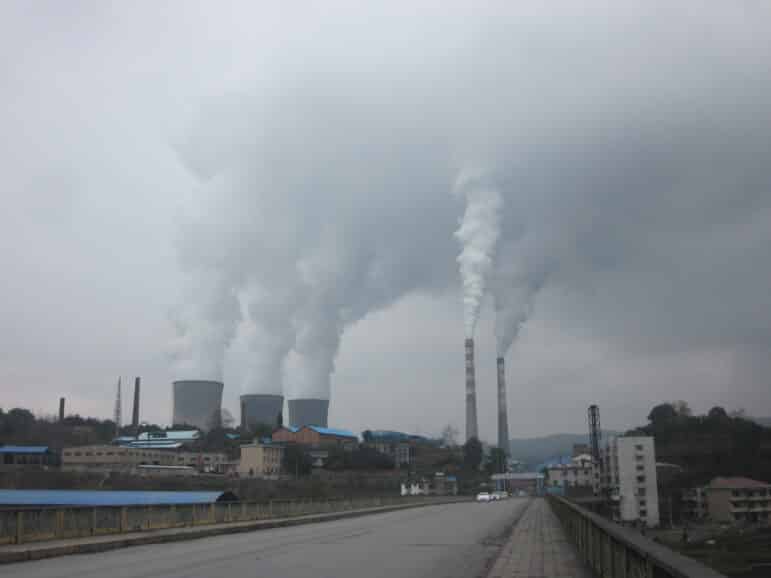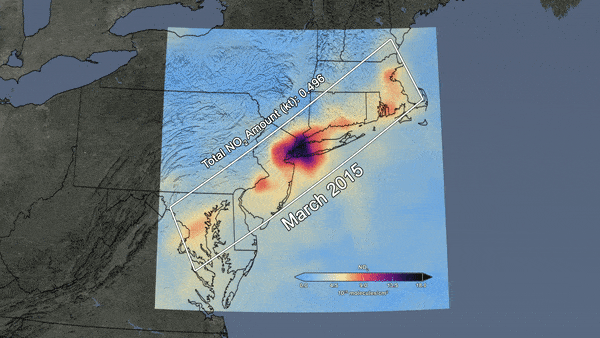
The Rebirth of Coal
Funding for fossil fuels has not slowed down.
In 2015, 197 nations signed The Paris Climate Agreement pledging to transition away from fossil fuels to renewable energy. The science is clear that unless emission from fossil fuels drop to near 0 by 2030, the world is sure to eclipse the 1.5C standard that would stave off the worst impacts of climate change. It was an ambitious and historic pledge that most agreed wasn’t strong enough for the amount of change we needed but a good first step all the same. Four years later and they’re still spending irresponsible amounts of money on fossil fuels and making insufficient process on renewable energy.
Due to the coronavirus pandemic there has been a precipitous drop in fossil fuel consumption. Most estimates put the annual drop somewhere between 5-8% depending on how / if the virus returns with conviction in the Fall.

Britain has gone two months without burning coal which is something that hasn’t happened since the dawn of the industrial revolution. Elsewhere in Europe, we are seeing drastic cuts in coal emissions as well as the shuttering of coal plants. In the United States, coal continues to plummet despite efforts by Donald Trump and his advisors who are determined to prop up and deregulate the dying industry.
Of all the fossil fuels coal is the worst. It’s dirty and toxic and polluting from the word go because of what is required to mine it and when’s its burnt it releases a toxic cocktail of sulfur dioxide (SO2) and nitrogen oxides (NOx) mixed with Volatile organic compounds (VOCs) and Fine particulate matter (PM10 and PM2.5) that come together to pollute the air, warm the atmosphere, and cause cancer. Once burned there are mountains of coal ash full of heavy metals that blow into the air and seep into waterways and aquifers. 33% of power in the USA is generated by coal and almost every coal plant is located adjacent to or in a primarily Black community.
Though the use of coal is down in the United States and Europe, the Asian market has invested heavily in it over the past decades. Recently, China announced 34 gigawatts (GW) of new coal power – which is equivalent to the power Poland’s produces in a year – and adds to the already staggering 147 GW it produces from coal annually. It is estimated that China is currently financing a quarter of the world’s coal projects with its development banks – including the China Development Bank (CDB) and China Export-Import Bank (CHEXIM) – providing over $226 billion in loans to Vietnam, Indonesia, India, South Africa, Afghanistan and the Philippines over the past two decades.
The Chinese investment in coal is discordant with their much celebrated commitment to renewable energy initiatives. China remains the world leader in onboarding wind and solar projects and has outsold every other country in regards to electric vehicles. There are similar questions being raised for Japan which has dramatically increased its reliance on coal on the other side of the Fukushima disaster. It has quickly become the world’s third largest importer of coal in and is Australia’s largest client. When asked why Japan invested in coal rather than safe renewable energy options, one economist simply replied, “because coal is cheap.”
Though the price of renewables is down across the world coal is still a cheap and rapidly scalable option for countries that need energy fast. Countries may have their eyes set on a renewable future but the minerals and metals required for renewable technologies are not keeping pace with energy demands.
Asia as a whole is one of the last markets for coal producing countries like Indonesia, Australia, and India who are seeing their other accounts dry up. Miners and producers in the United States are eager to get in on the action. Interior states including the Dakotas, Utah, New Mexico, Montana and Wyoming are eager to put people to work and send their products to Asia but are being blocked from doing so by Western ports. In 2016, a 96-car train carrying Bakken crude oil derailed outside of Mosier, OR causing an explosion unlike any that had ever been seen. The incident inspired waves of protests in both Oregon and Washington, and sparked new regulations on what can be shipped and exported through the States. For interior coal and oil producing states, though, exploding trains and broken pipelines aren’t reason enough to stop. Instead, they are suing Oregon, Washington, and California over their prohibitive regulations.
What is mystifying about all of this is that coal is on its last legs according to most every investor. Financial markets and asset managers are being forced to analyze their own portfolios to strategize how they’ll account for depreciating coal stakes and the industries likely inability to cover their outstanding loans.
And it’s not just coal. Fossil fuels across the board are decreasing in value and are projected to continue depreciating. The coronavirus sent oil down to -$37 per/barrel before rebounding and stabilizing in the $20 per/barrel range. This is temporary at best. A recent report by Coal Tracker estimates that if demand drops at the annual 2% outlined in the Paris Agreement, fossil fuel profits could fall by $25 trillion, potentially collapsing the global financial market.
What the world is looking at is an industry that is killing the planet and whose death throes have the potential to untether the global economy. It’s not good. What’s worse is that rather than cutting credit to fossil fuels and investing aggressively into renewables the World Bank and other multilateral development banks continue loaning billions to oil, gas, and coal at twice the rate they are giving to renewables. The pressure to change is mounting from both inside and outside the industry and it cannot relent. In many regards, fossil fuels have never been in a weaker position and though they aren’t going down without a fight they are undeniably going down. The question is navigating the transition in an equitable, sustainable way.
